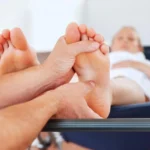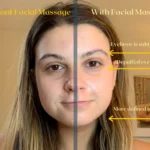If you’re wondering how often you should self massage, the answer might surprise you. Self massage is an effective way to reduce stress, improve circulation, and alleviate muscle tension. However, it’s important to know how often to self massage to maximize the benefits and avoid overuse. In this article, we’ll discuss when and how often you should self massage to get the most out of your self-care routine.
What is Self Massage?
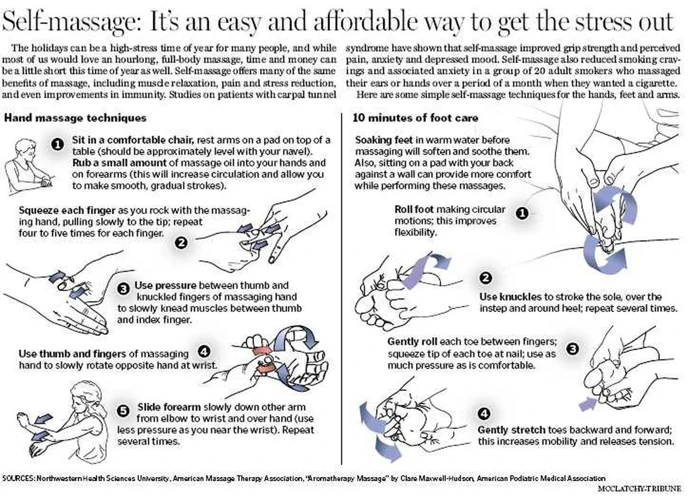
Self Massage is an act of self-care that involves massaging your own body with your hands. This type of massage can be done for both therapeutic and relaxation purposes. It can be used to work out trigger points, stretch tight muscles, and reduce stress. Self Massage is a great way to help your body relax, reduce pain, and improve your overall wellbeing.
How Often Should You Self Massage?
The frequency of self massage is completely up to you, but it is important to consider factors such as your lifestyle and level of stress. It is recommended that you self massage at least twice a week to reap the full benefits of this form of self-care. However, if you are feeling extra stressed or have a particularly hectic lifestyle, you may want to consider self massaging more frequently.
Benefits of Self Massage
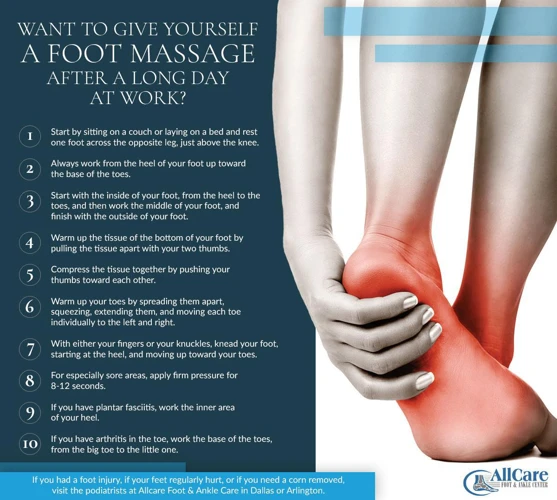
Reduced Stress
Self massage can help reduce stress levels by calming the nervous system and promoting relaxation. It increases the flow of endorphins, the body’s natural feel-good chemicals.
Improved Circulation
Self massage can help improve circulation by promoting blood flow. This can help reduce muscle tension, improve energy levels, and reduce pain.
Pain Relief
Self massage can help reduce pain by stimulating the release of endorphins, the body’s natural pain-relieving chemicals. It can also reduce inflammation and improve joint mobility.
Improved Quality of Sleep
Self massage can help improve quality of sleep by calming the nervous system and promoting relaxation. It can also reduce stress levels and muscle tension, which can lead to better sleep.
How Often Should You Self Massage?
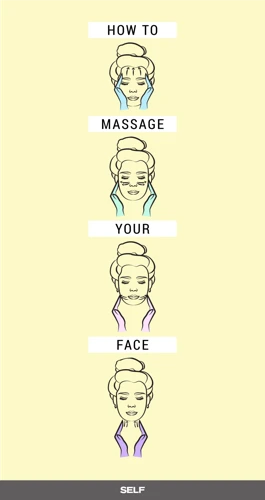
- Daily: Self massage is a great way to maintain overall health and wellbeing. It is a great way to reduce stress, tension, and pain. It is also an easy and convenient way to stay connected to your body and keep your muscles relaxed.
- Weekly: Self massage is an ideal way to keep your muscles and joints in good condition. It is important to take time to massage your body on a weekly basis to improve your flexibility and range of motion. It can also help to relieve muscle soreness and improve circulation.
- Monthly: Monthly self massage can help to keep your body in good condition and prevent any injury or strain from occurring. It is also a great way to relax and unwind after a long week.
Self massage is a great way to take control of your health and wellbeing. You can choose how often you want to practice it, but the frequency should depend on your individual needs. It is a good idea to assess your body and determine what works best for you. Everyone is different and you may need to adjust the frequency of your self massage depending on how your body is feeling.
Techniques for Self Massage

Pressure Point Massage
Pressure Point Massage is a type of self massage that focuses on the body’s pressure points. This technique involves using the fingers to gently press and massage the body’s pressure points, which helps to relieve muscle tension and promote relaxation.
Swedish Massage
Swedish Massage is a type of self massage that uses long gliding strokes and kneading to relax the body. This technique helps to increase circulation and reduce stress.
Deep Tissue Massage
Deep Tissue Massage is a type of self massage that focuses on deeper layers of muscle tissue. This technique is used to release chronic muscle tension and helps to reduce pain.
Contraindications for Self Massage
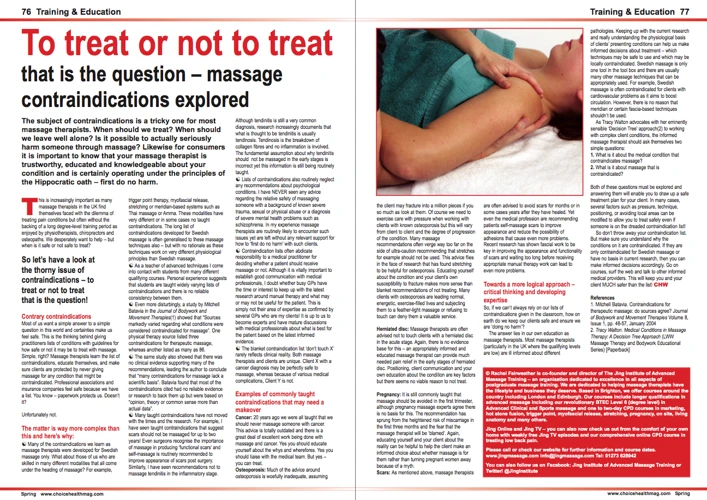
Self-massage can be a great tool for those looking to manage chronic pain and soreness, but there are certain contraindications to consider. Those with heart disease, cancer, diabetes, blood clots, osteoporosis, or inflammation should consult a doctor before attempting self-massage. Additionally, those who are pregnant should abstain from self-massage, as it can present a risk to the fetus. Lastly, those with open wounds, infections, fractures, burns, or rashes should not attempt self-massage until the condition has been cleared by a doctor.
Self Massage Tools
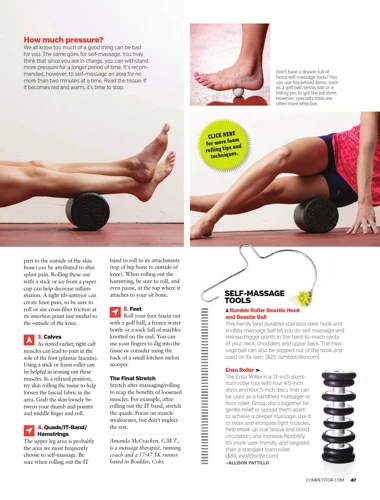
Self massage tools are a great way to relax and release tension in your muscles. There are a variety of tools available, ranging from foam rollers and massage balls to massage chairs and massage guns. Each tool has its own unique benefits and can be used to target specific areas of your body.
- Foam rollers are a great choice for those who are looking for a gentle massage. They can be used to target specific muscles and can help reduce tension and pain in the body.
- Massage balls are a great way to target problem areas. They can be used to massage areas such as the neck, shoulders, and feet.
- Massage chairs are a great option for those who want a more intensive massage experience. Massage chairs can be used to target specific areas of the body and can provide a deeper massage than foam rollers and massage balls.
- Massage guns are a newer type of massage tool. They provide a more intense massage and can be used to target specific areas of the body.
No matter which tool you choose, self massage can be a great way to relax and reduce tension and pain in your body.
Self Massage Tips
- Fingers and palms: Rub your hands together for a few seconds, then use your thumb and fingers to gently massage your palms and the back of your hands.
- Shoulders: Place one hand on top of the other and use your knuckles to gently rub your shoulder in a circular motion.
- Back: Use your hands to gently massage your back, kneading and squeezing your muscles. Be careful not to apply too much pressure.
- Neck and head: Start at the base of your neck and use your fingers to massage your scalp, working up to your forehead, temples, and the back of your neck.
- Feet: Use your thumbs to massage your soles, using circular motions. Then use your fingers to massage the top of your feet and your toes.
Frequently Asked Questions
What are the Benefits of Self-Massage?
- Reduces Stress: Self-massage helps to reduce stress and tension in the body, which can help to improve your overall wellbeing.
- Improves Mobility: Self-massage helps to loosen up tight muscles and improve flexibility, which can improve your range of motion and athletic performance.
- Boosts Circulation: Self-massage can help to improve circulation and blood flow to the areas being massaged.
- Promotes Relaxation: Self-massage can help to relax the body and mind, and may even result in better sleep.
- Relieves Pain: Self-massage can help to ease muscle pain and tension, and may even reduce the severity and duration of headaches.
What Are the Best Techniques for Self-Massage?
- Foam Rolling: Foam rolling is an effective technique for self-massage. It helps to reduce muscle stiffness, release trigger points and improve mobility. Place the foam roller on the floor and roll over tight muscles in a slow and controlled manner.
- Tennis Ball: Tennis ball massage is another great way to release tension and tightness in the muscles. Place the tennis ball on the floor and sit on it, moving the ball around to target different areas of the body.
- Massage Stick: Massage sticks are a great tool for self-massage. They are designed to penetrate deep into the muscle tissue and can be used to target trigger points. Simply roll the massage stick over the affected area.
- Pressure Point Massage: Pressure point massage is a great way to reduce tension in the muscles. Apply gentle pressure to the affected area with your fingers and knuckles in a circular motion. This helps to release tension and improve blood circulation to the area.
- Stretching: Stretching is an effective way to improve range of motion and reduce muscle tension. Focus on stretching the tight muscles and hold the stretch for 10-30 seconds. This helps to reduce stiffness and increase mobility.
What Areas of the Body Should Be Targeted for Self-Massage?
Self-massage should focus on the areas that are most prone to muscle tension, such as the neck, shoulders, and back. Other areas that can benefit from self-massage include the arms, legs, and feet. Additionally, abdominal massage can help reduce stress and improve overall well-being.
How Long Should a Self-Massage Session Last?
Self-massage sessions should last between 5-15 minutes. It’s important to keep the massage short to avoid straining the muscles. Here are some tips to ensure a successful massage session:
- Start with gentle strokes and gradually increase pressure if needed.
- Focus on the area for 2-3 minutes before moving on to the next.
- Avoid spending too much time on one area, as this can cause strain.
- Take breaks when needed and listen to your body.
Remember, the goal of self-massage is to relax and relieve tension, not cause more stress. So take your time, be mindful, and enjoy the experience.
Are There Any Risks Associated with Self-Massage?
Self-massage can be beneficial, but it is possible to cause harm if not done correctly. Poor technique can cause further muscle strain, soft tissue damage, and joint pain. It is important to be aware of your body’s limitations and use caution when performing self-massage. Additionally, self-massage should not be used to replace professional medical treatment for any current injuries or health conditions.
Conclusion
Self-massage is an effective tool for recovery and relaxation, and it can be done as often as you need. Regular self-massage can help reduce pain, improve flexibility, and increase blood flow. It can also reduce stress and help you relax. It is important to use the correct technique and to listen to your body when massaging, as over-massaging can cause more harm than good.
References
- Healthline. “Self Massage: Benefits, Techniques, and More.”
- NCBI. “The Use of Massage Therapy as an Alternative or Complementary Treatment for Health Purposes.”


